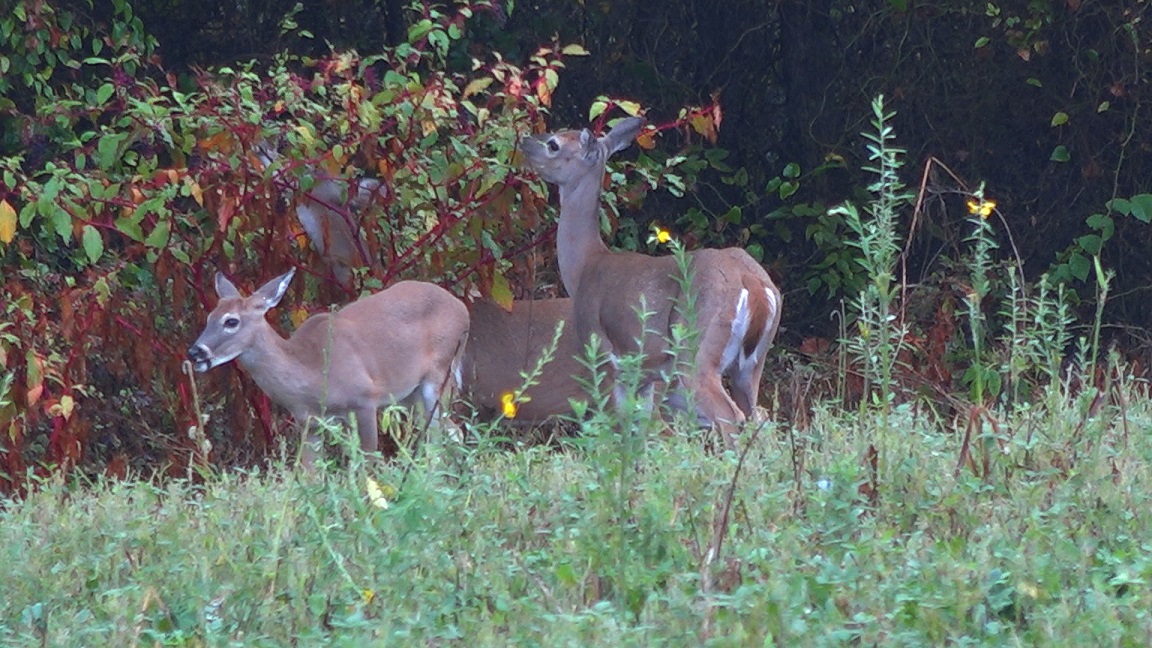When Deer Hunting Should You Harvest Does? Here’s How To Know
Filed under: Hunting Blog
A question I frequently receive this time of year is if does should be harvested. Like a lot of deer management subjects, doe management isn’t a one size fits all.
Biologically speaking, deer herds should be managed on a local or site-specific basis. This allows hunters/managers to adjust doe harvest to match local habitat quality against landowners/hunters’ goals.
For example, there could be a landowner that has production soybeans where the deer in that area are much more productive than deer just a few miles away where the habitat is composed of pasture and timber.
If the state management agency allows enough flexibility for landowners to adjust doe harvest as needed, hunters should next consider the quality of the local habitat during the two common stress periods of late summer and late winter.

In most areas there usually isn’t a lot of precipitation during the late summer and during late winter deer are dependent on the forage that was produced during the preceding months. Now is not a good time to judge the amount of deer related to the habitat’s capacity to produce quality forage. Fall is harvest season and there should be an abundance of food now. There will likely be a huge difference in the amount of quality native and planted food now compared to late winter.
The most common mistake I see landowners make is allowing the deer herd to increase past the habitat’s potential to produce quality forage. Healthy deer herds can increase 20-30% annually. If doe harvest is postponed until the herd exceeds the habitat’s potential to produce enough quality browse, it will be too late and the herd won’t likely be reduced fast enough to prevent habitat damage.
It’s much better for the herd and habitat to monitor both the herd and habitat’s ability to produce quality forage and make small adjustments to the number of does harvested each year than to allow herds to exceed the habitat’s capacity to produce quality forage and both the herd and habitat are reduced in quality for years.
To improve or maintain herd quality, it’s important to manage the number of deer on a local level to match the habitat’s capacity to produce and maintain quality forage year-round.
That’s what we’ll be doing here on The Proving Grounds: managing the number of deer to match the habitat’s capacity. We’ve already started on this project, see Tyler take a doe in this video.
Enjoy Creation,
Grant



